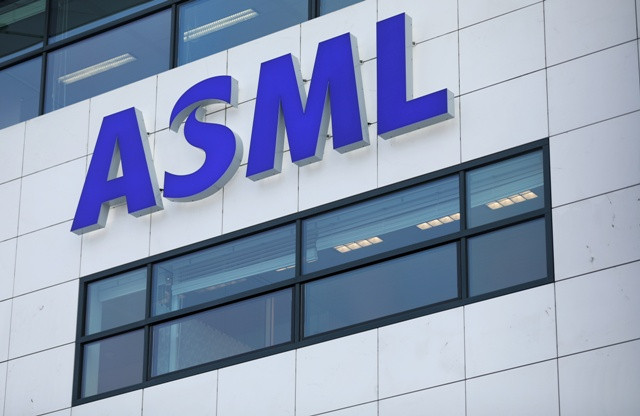Lithography giant ASML reported a substantial increase and beat expectations in both revenues and profits for the second quarter, consequently raising its annual sales forecast.
On Wednesday, ASML unveiled its financial results for the second quarter of 2023. According to the report:
ASML realized net sales of €6.9 billion, exceeding expectations of €1.82 billion, representing a 27% growth from the same period last year;
Net profit totaled €1.9 billion, surpassing the estimated €1.82 billion, marking a significant increase of 37.6% from last year;
The proportion of sales revenue from mainland China rose to 24%, a dramatic increase of 16 percentage points from the 8% in the first quarter.
Simultaneously, ASML anticipates its net sales for the third quarter to range from €6.5 billion to €7 billion, with a gross margin of approximately 50%.
Worth noting is that the company has also raised its sales growth forecast for 2023, currently predicting a year-on-year increase of 30% in net sales, higher than the previously expected 25%.
Strong Demand from China
ASML attributes its bright prospects to the strong revenue from its DUV lithography machines, with the demand from Chinese customers continuing to be strong in the second quarter, resulting in a substantial increase in the proportion of sales revenue from the region. ASML CEO Peter Wennink explains:
ASML's customers in China are keen to accept machines that others do not want, seizing the available equipment whenever it becomes available. As a result, the company's DUV business appears to be quite strong overall.
Wennink reiterated that China remains an important market, predicting that regulations from the Netherlands will not affect the company's financial forecast for 2023 or the long term.
However, Wennink warned of ongoing uncertainty in the future macroeconomic environment, stating:
Due to persistent uncertainties in the macroeconomic environment, our customers in different market segments are currently being cautious. Although they expect a market recovery later on, the shape of the recovery remains unclear.
Demand for end products like consumer electronics continues to be weak, while chip companies designing and manufacturing for end products such as smartphones are grappling with the problem of high inventory.






